10 British Designers on 2024’s Biggest Engagement Rings Trend
From flamboyant spectacles to subtle and minimalist, unique natural diamond engagement ring designs are more popular than ever.
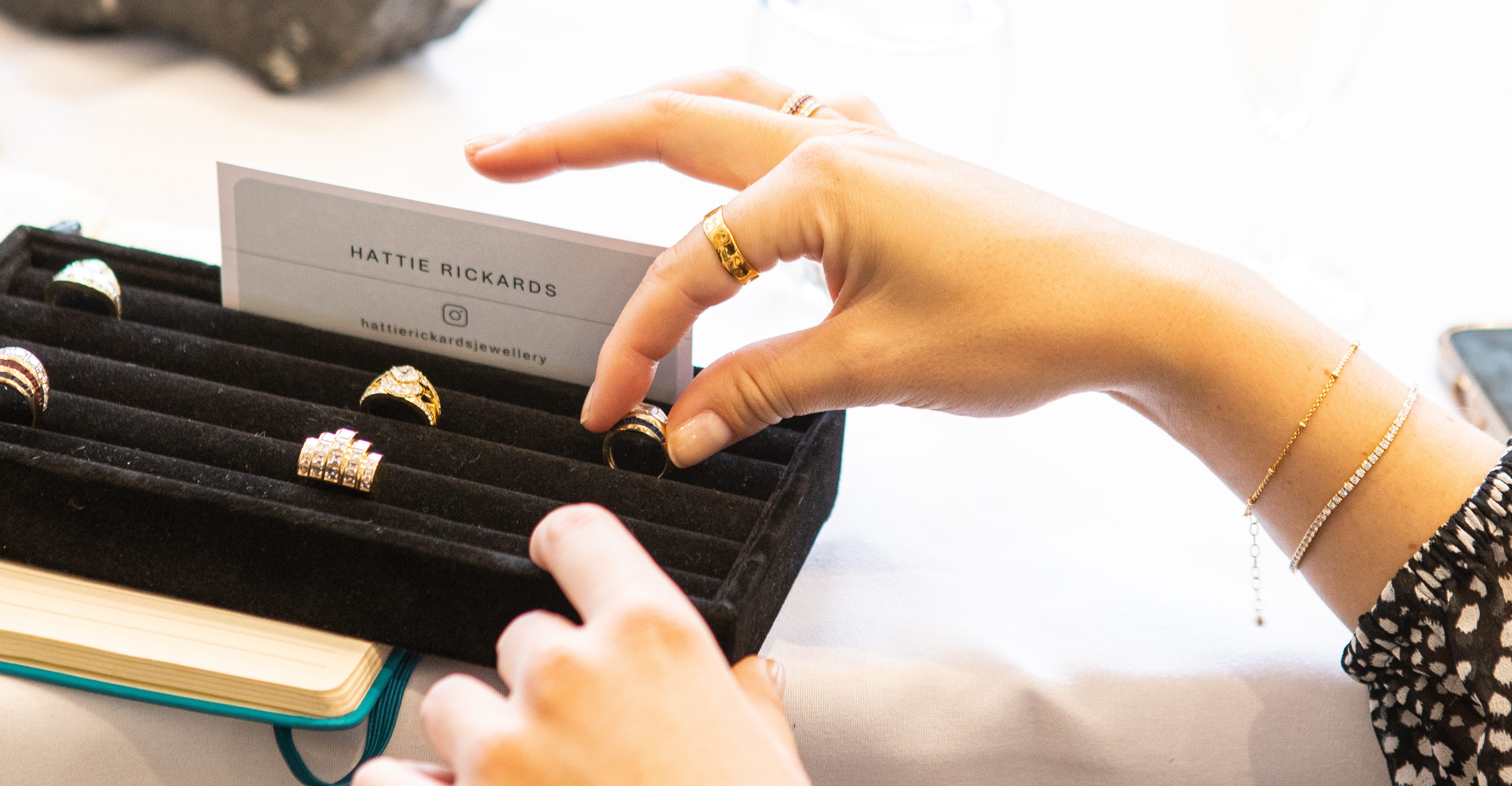
“The engagement ring book is being torn up. A lot of the jewelers I work with refer to themselves as non-traditional and non-conformist when it comes to designing,” says Beanie Major, consultant for jewelry concierge service In Detail. And many consumers are following suit when it comes to the perfect proposal.
Partners and couples alike are now seeking one-of-a-kind ring designs that resonate with particular personalities and personal styles, including—but not limited to—unusual inclusions, rare vibrant colors, and pre-loved gems reset in bolder contemporary designs. While some traditional styles remain timeless and popular for that ultra-special occasion, unique, wearable, colorful, conscious, rough, subtly opulent, and perfectly imperfect are rising trends.
Looking back, diamonds, in their various cuts, colors, shapes, and sizes have been a constant throughout the history of asking for someone’s hand—from pre-WWI, when only 10 percent of engagement rings included diamonds, through a 1950s Hollywood boost into the 1990s to now, where a growing majority choose this sparkling symbol of foreverness.
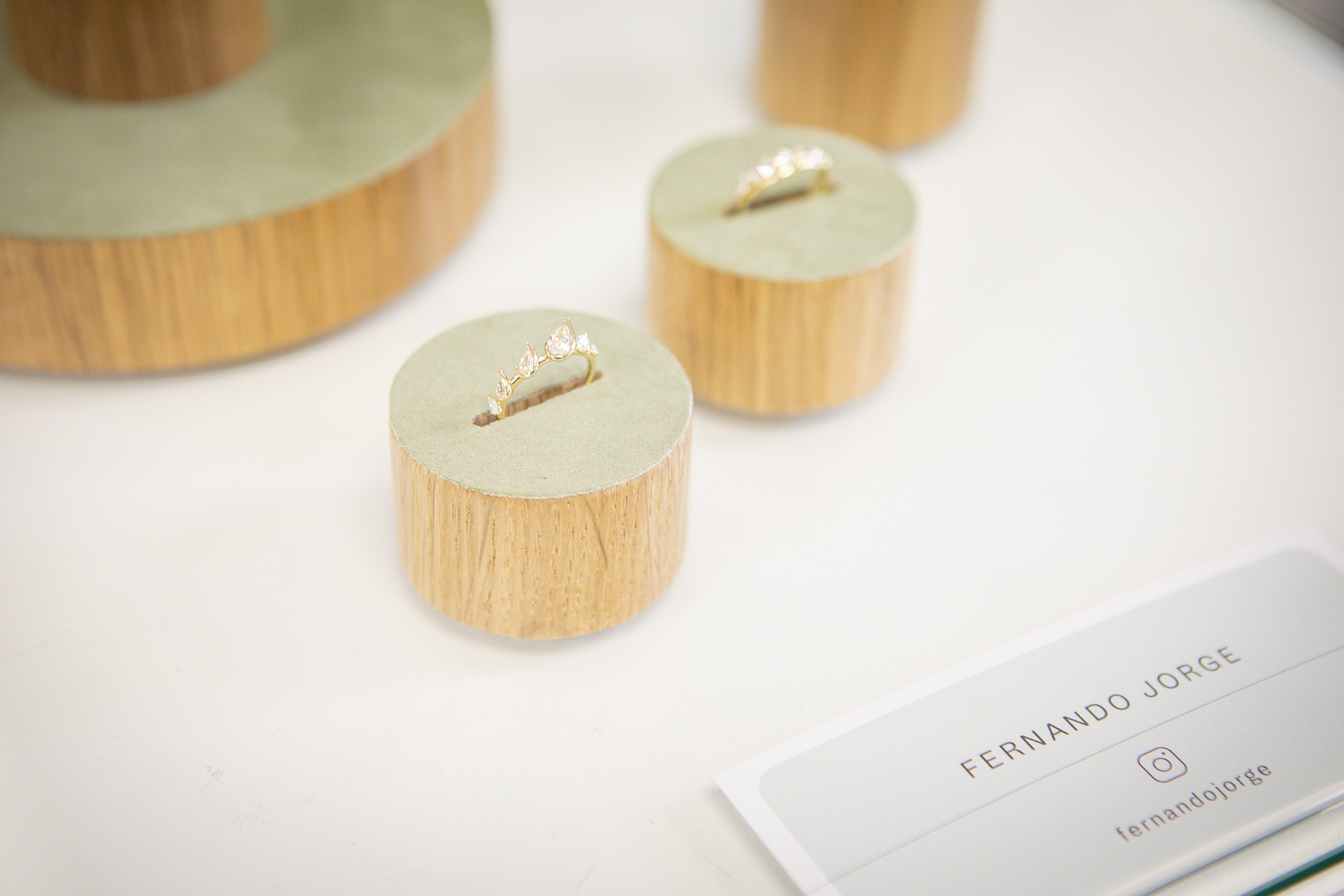
There is just something about natural diamonds—rare, otherworldly miracles of nature. West London jeweler Jessie Thomas says that 85 percent of her clients go for diamonds for their engagement rings and that “Picking the stone is the most important thing”. So, what is our obsession with these billions-of-years-old pieces of rock?
For Brazilian jeweler Fernando Jorge, diamonds are “pure, light refractive, yet virtually indestructible”.
For London-based Hattie Rickards, “Diamonds should be fun… as long as they mean something to you and your style and essentially give you a piece of jewelry that makes you happy; that is what matters.”
For Dina Kamal, Lebanese jeweler, and former architect, “It’s so sacred, this idea of a diamond. And I want to make it mundane,” she says. Kamal’s design goal is for people to “wear it daily and not get bored”.
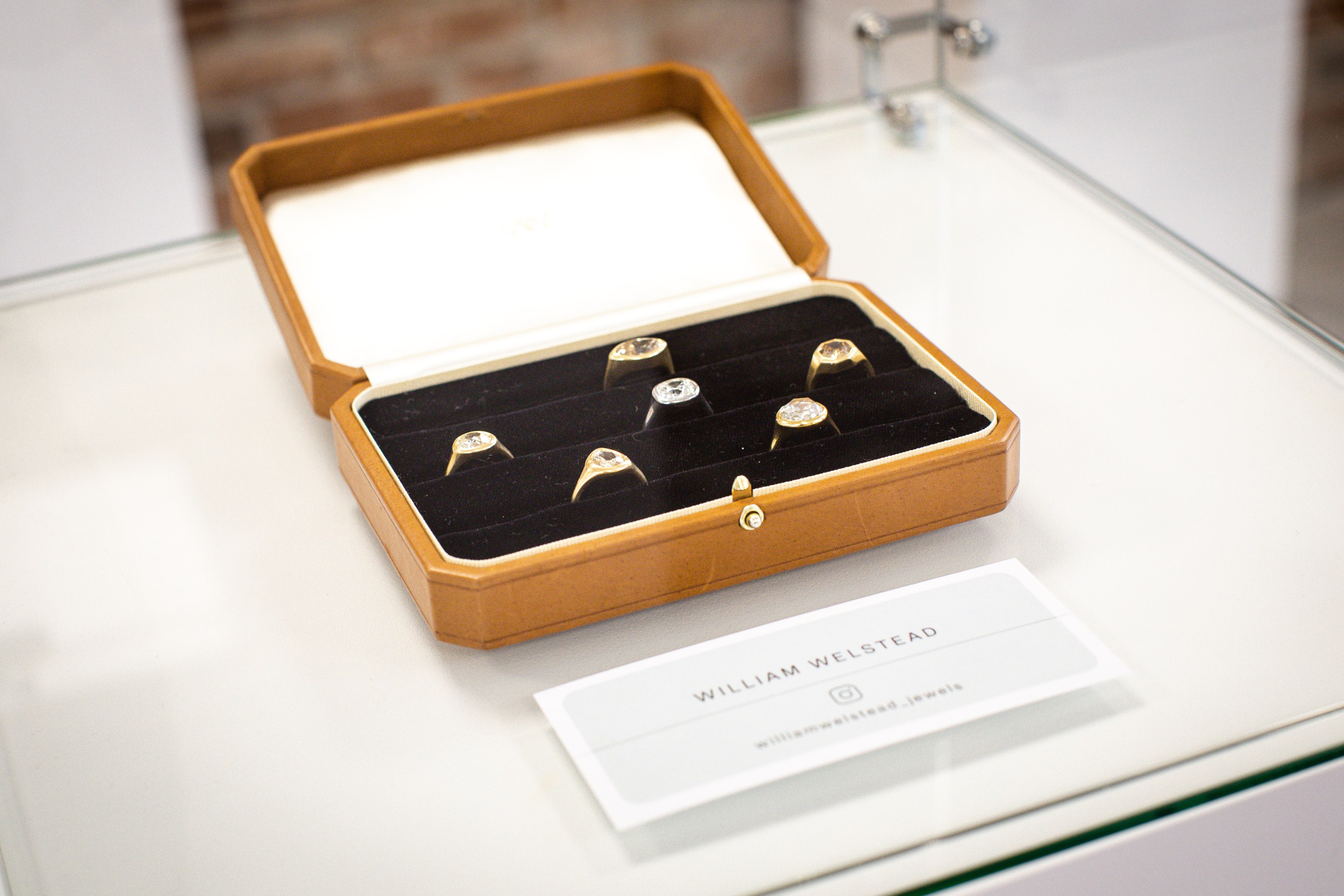
Perhaps, as put forward by William Welstead, a gemmologist focusing on antique and precious stones, it’s all about never creating two rings the same. “It’s about finding really unusual, one-of-a-kind diamonds—often misshapen over perfect symmetry—and then building something sculptural around that,” he says.
It’s not unlike East London designer/maker Rachel Boston, who is known for “finding unusual, white, antique or colored diamonds set into clean modern rings described as modern-deco.” Kamal seeks out “exceptional diamonds, and by exceptional I don’t necessarily mean a high-quality diamond. We look for diamonds that are beautiful despite their color or clarity,” she says.
Meanwhile, inspired by her childhood as an auctioneer’s daughter in New Zealand, jeweler Jessica McCormack aims to create nostalgic yet modern diamond-heavy heirlooms; Singaporean-Italian Sarah Narici, the founder of New York-based futurism-meets-mythology jewelry brand Dyne, says she loves “using antique stones from an environmental point of view”, which are often “shallow, wide-faceted stones”.
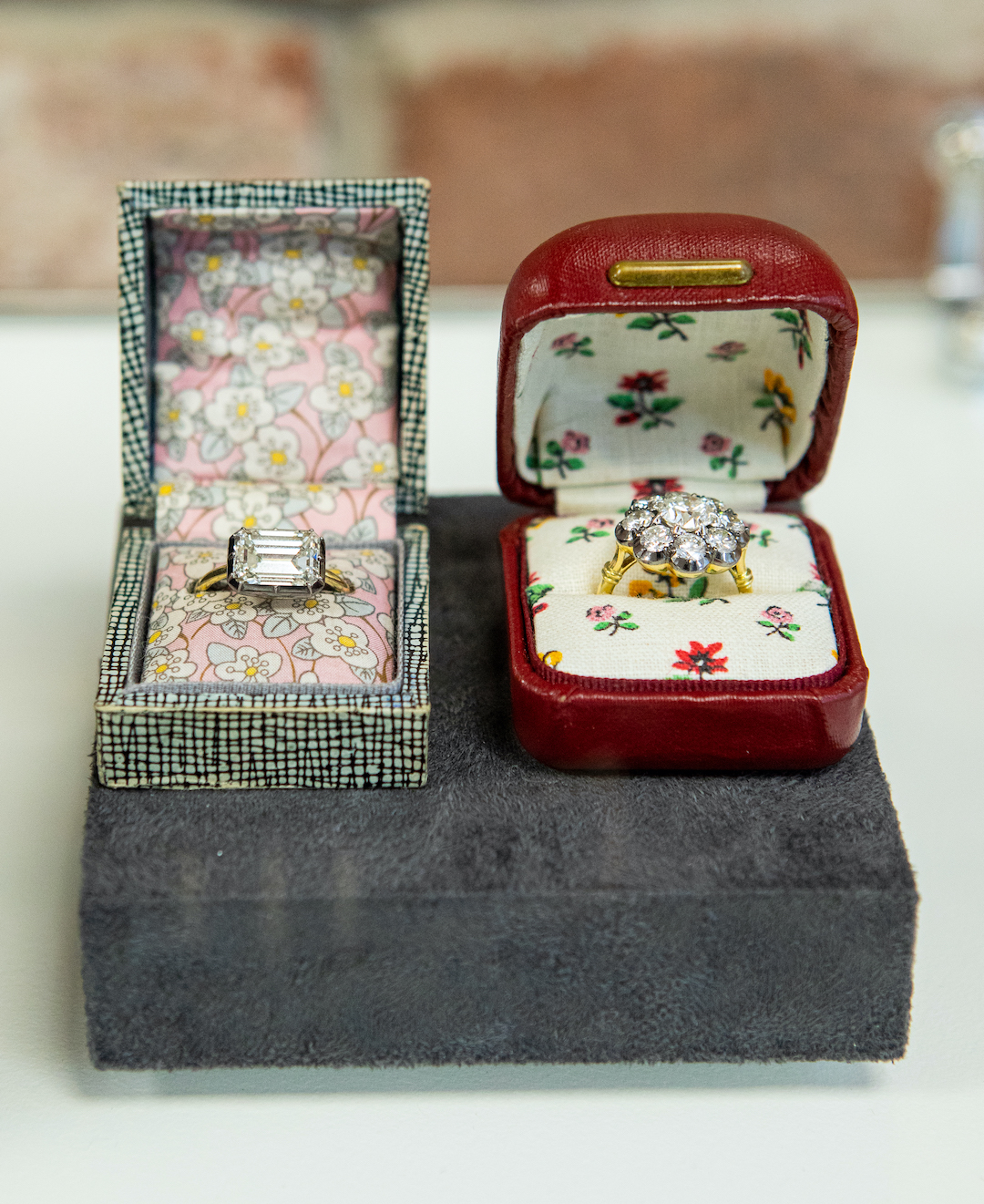
These are some of the jewelers at the forefront of engagement ring design. It turns out that many—despite creating spectacularly beautiful, unique pieces—have ‘quiet luxury’ on their side. “They are looking for quality, craftsmanship, and materials over the overt display of status and wealth,” says consultant Major. “For engagement rings, it’s no longer about being flashy and ‘how big is your rock’—that is not to say people are not opting for big diamonds, they very much are—but, it’s about making diamonds wearable for every day, for modern women and modern lifestyles… It’s about diamonds for pleasure and diamonds for enjoyment.”
Perhaps unsurprisingly then, there has also been a shift in how we think of the ring itself. Both Rickards and designer Emma Franklin, for instance, specialize in what they call “celebratory rings”. “My rings are about celebrating life,” Franklin says. “I’ve done ‘divorce’ rings, ‘mourning’ rings, ‘I got the job I wanted’ rings, ‘because I’m an amazing mom and I deserve it’ rings.”
Similarly, Rickards says she is often asked to design left-hand finger rings for women who find it empowering to wear one they bought themselves. “They don’t want to get married for whatever reason, but they want to invest in the ring and wear it with pride,” she says.
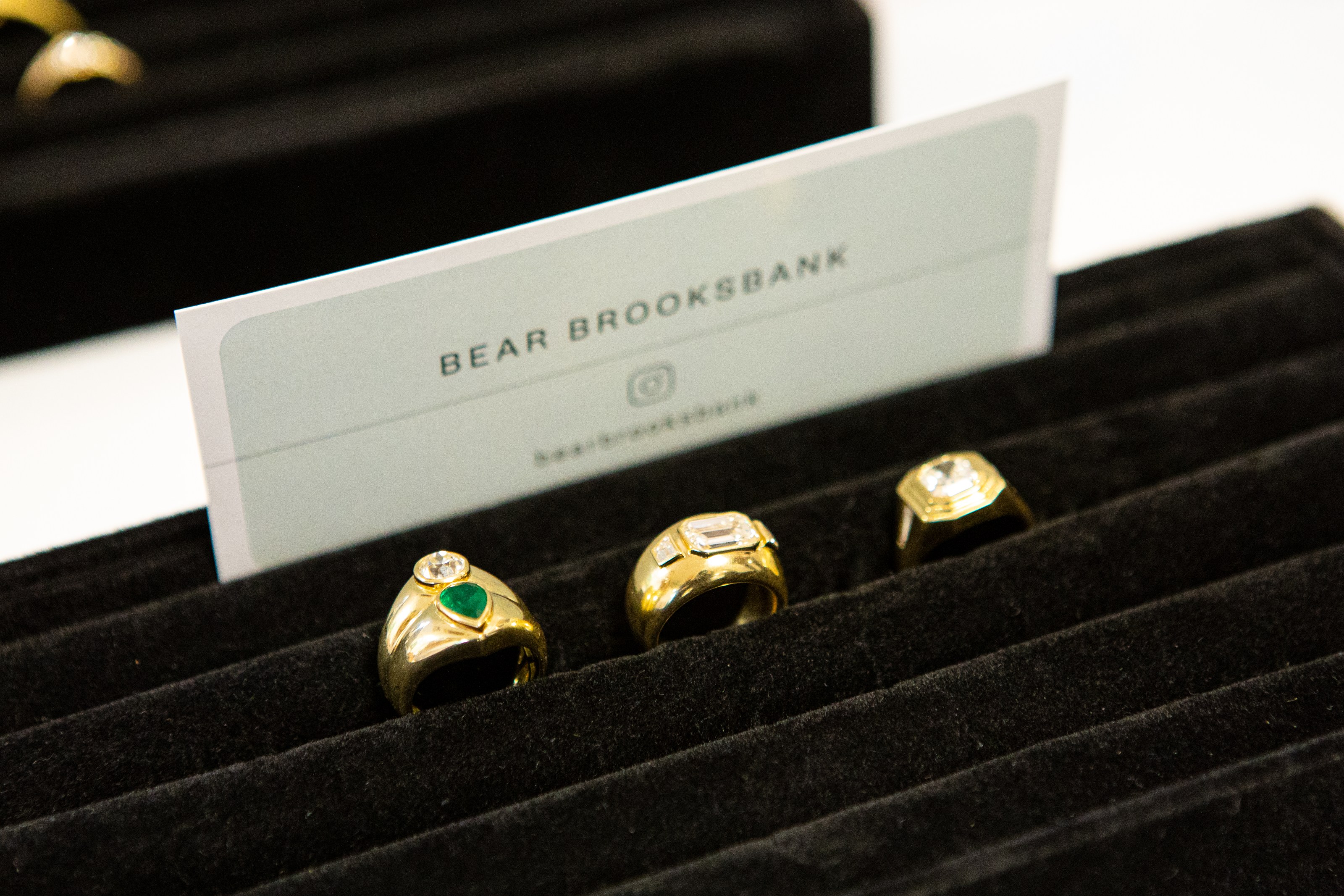
Yorkshire-born Bear Brooksbank, now based in East London, agrees. “The reason for buying rings has become much more personal… moving away from being a very obvious symbol of engagement,” she says.
In turn, the way rings are being purchased is also changing. “I find that it’s very rare that a man comes to me to buy a ring to propose. At the very least, it’s a collaboration, but often it’s the choice of the woman who will be wearing it,” says Welstead.
Major agrees: “As relationships and love change in society and all forms of love are accepted, that’s also reflected in the rings and the way people are proposing and getting engaged.”
So, what does the future of engagement rings look like? Given the speed of advances in technology, what’s next? “Whenever new tech enters a traditional industry like jewelry, it can appear threatening. First, it was the laser machines, then it was CAD and CAM. But, as the technology gets better, so do the opportunities to experiment and push boundaries that were perhaps not possible before. It doesn’t replace ‘handmade’—it complements it,” says Major.
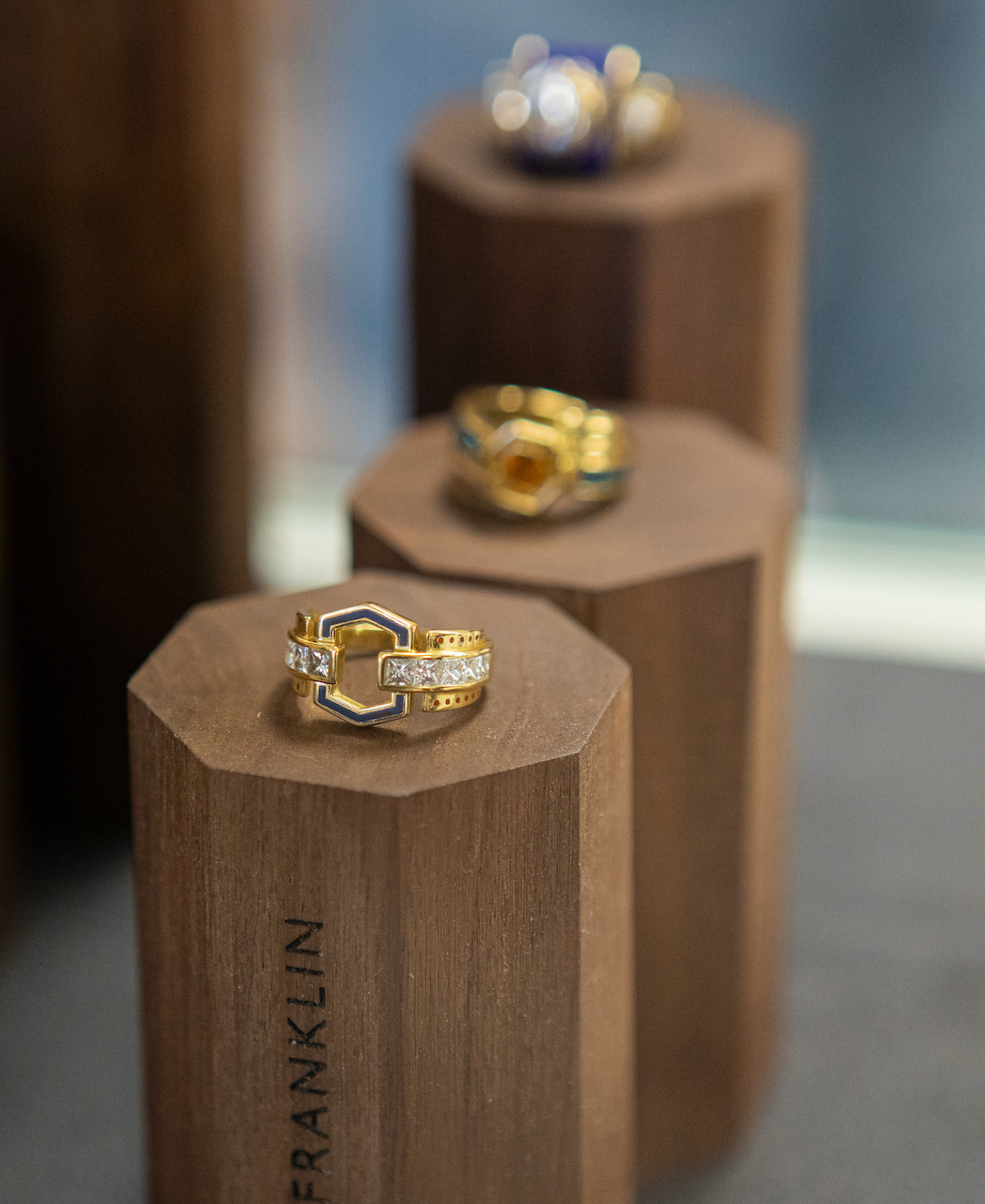
Tech and apps, such as Instagram for instance, are also helping to increase brand accessibility and global reach as, despite the distance, client trust strengthens. “It’s covid really,” says Major. “A lot of the jewelers say this gave many clients the confidence to do a completely bespoke project, drop thousands of dollars, and choose their diamond and design over WhatsApp.” And showrooms become destinations too, she shares; after the initial consultations, customers fly in and make a weekend of it or a holiday.
“My clients are actively seeking something different,” Major says. “And, as demand grows, and people become more and more aware of what’s possible, I believe that the engagement ring market will become much more diverse and interesting in terms of design and the natural diamonds used, as other industry players will begin to follow suit.”
